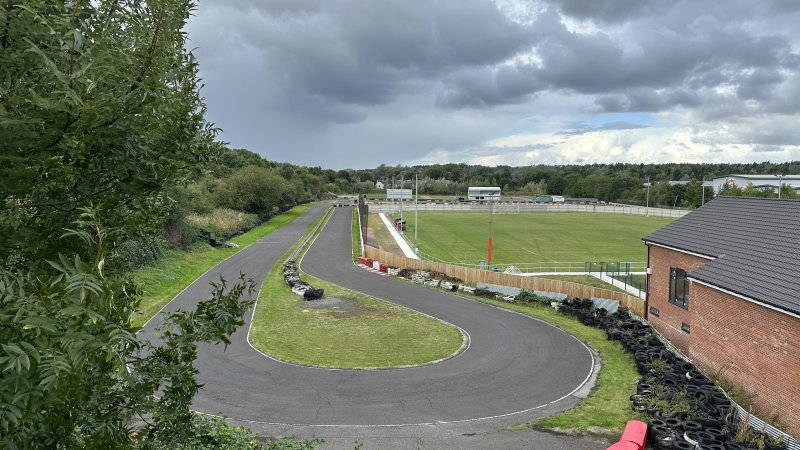HISTORIAN and author Jane Ainsworth has delved into the links between Barnsley’s miners and First World War soldiers after the NUM made a donation to the project to honour the colours of the Barnsley Pals.
Jane is co-ordinator of the project to provide a proper display for the colours of the Barnsley Pals at St Mary’s Church and create faithful replicas for ceremonial occasions.
Working with Rev Canon Stephen Race at St Mary’s Parochial Church Council, she is planning a parade to commemorate 100 years since the flags were laid up at St Mary’s Church in town. She got involved with the project a few years ago after seeing that the flags were in a poor state of repair and were not very well displayed in the church.
She said: “Being aware of the close connection between Barnsley’s miners and the Barnsley Pals, I approached the NUM’s Chris Skidmore about the union being involved in the project and, hopefully, joining in the procession on Sunday June 2 carrying a colliery banner.
“I was delighted when Chris confirmed that the NUM had agreed to donate £100 towards the cost of organising this and framing the two King’s Colours for the Barnsley Pals (13th and 14th Battalions of the York and Lancaster Regiment) which are laid up in St Mary’s Church.”
The first national coal strike occurred in 1912, when mineworkers secured their first minimum wage after 37 days of withholding their labour. The following year trade picked up and the first half of 1914 filled Barnsley’s 50,000 inhabitants with some optimism, despite the well-known difficulties and common accidents of working in the collieries.
However, war was declared on August 4 1914. Those in the Territorials (5th Battalion YLR) were recalled from their summer camp to serve at home or overseas straightaway. Barnsley men, like others throughout Britain, were encouraged to enlist to fight for justice and liberty for their King and country. Many miners were keen to leave their dirty, dangerous pits and low wages to join the Barnsley Pals. They trained for more than a year before being sent to Egypt to defend the Suez Canal at the end of 1915. After nearly three months, they were transferred to the Western front in France to prepare for the Somme Battles of 1916.
Jane said: “Some miners and mining engineers had been allocated to the specialist tunnelling units who had dug under the Somme battlefield prior to July 1 so that mines could be exploded.
“One of these was Jack Normansell, grandson of John Normansell, the first secretary of the Yorkshire Miners’ Association, who was involved with building the new offices and his home on the corner of Huddersfield Road and Victoria Road.
“Jack had attended Barnsley Holgate Grammar School before qualifying as a mining engineer. He enlisted soon after the Barnsley Pals formed and had been promoted to captain at the time of his death.
“There is a beautiful window dedicated to Jack in the War Memorial Chapel in St Mary’s Church and his name is one of 200 on the impressive War Memorial Pillar, along with 36 other Barnsley Pals, 27 Territorials and 39 men from different battalions of the York and Lancaster Regiment.
“Hundreds of Barnsley Pals were killed in these and subsequent battles while even more suffered permanently or temporarily from physical injuries or ‘shell shock’ (now recognised as post traumatic stress disorder or PTSD).
Meanwhile, miners continued to work hard underground for the benefit of people at home and to provide essential support for the war effort.
“Many mineworkers were injured in colliery accidents and a significant number were killed during the war period but, regrettably, they have never been given any acknowledgement of their brave service to King and country as the ‘Bevin Boys’ were, albeit belatedly, in the Second World War.”



























